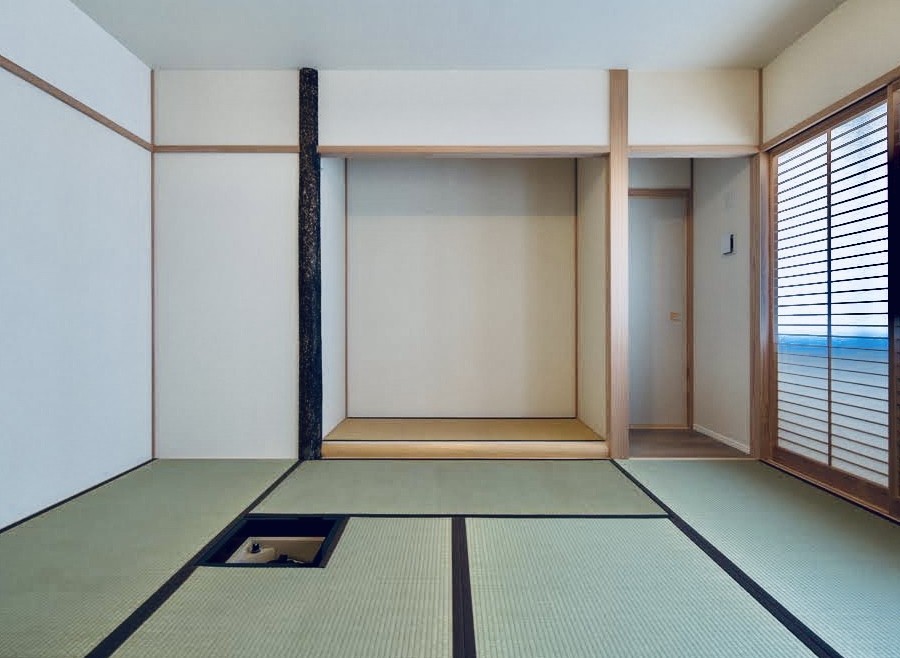The unique tonality of traditional Japanese instruments is best accentuated when played in a traditional Japanese tatami room. The tatami mat setting softens sound reflections, creating an enveloping soundscape. However, setting up a tatami room outside of Japan comes with its own set of challenges. Here, we’ll outline the key points to consider when establishing a tatami space abroad for traditional musical performances.
◇Procuring Tatami Mats
Sourcing tatami mats overseas might be a tad challenging. However, with the global appreciation of Japanese culture in recent years, it’s become feasible to purchase these mats through specialized vendors or online shops. Additionally, there are tatami mats available that are more manageable than the traditional ones.
◇Humidity Control
Tatami is sensitive to humidity. In regions prone to dryness, it’s essential to maintain consistent room humidity, potentially with the use of a humidifier.
◇Laying the Tatami
The beauty of tatami is accentuated when the mats are laid out neatly and without gaps, ensuring sound quality. This task can either be trusted to a skilled artisan or undertaken personally with the aid of manuals or instructional videos.
◇Regular Maintenance
Tatami requires consistent care. Especially for mats unaccustomed to overseas climate and living conditions, routine cleaning, humidity adjustments, and occasional flipping are imperative.
Taking the effort and expense to create a traditional tatami room for musical performances can be highly rewarding, allowing audiences overseas to experience the authentic tonality of Japanese instruments and the essence of Japanese tradition. If you are interested, please try to make a Tatami room!



Leave a review